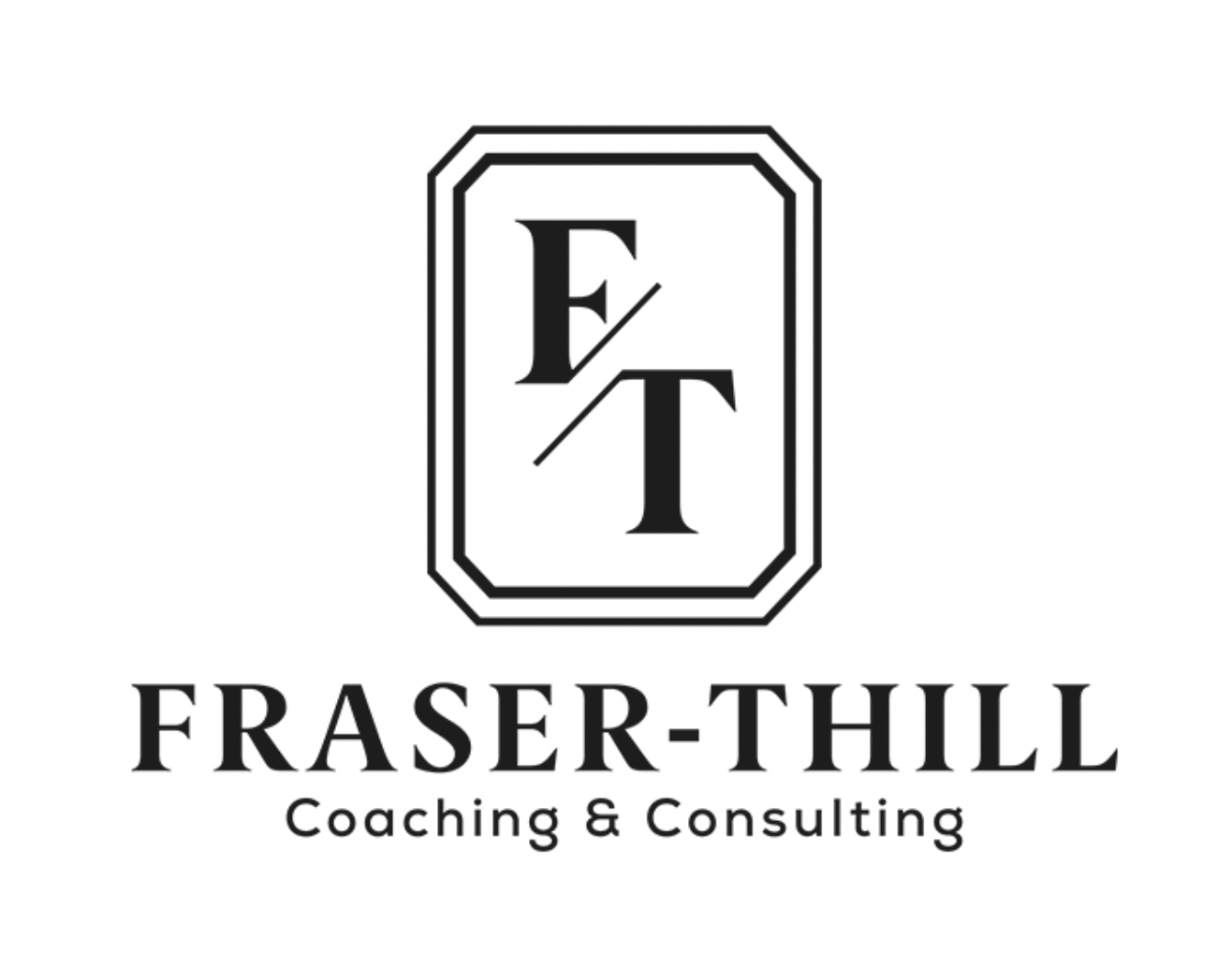Stop searching for work-life balance. You won't find it. It ranks right up there with such mythical concepts as having it all, the twenties as a carefree ball of laughs, and being able to lose masses of weight by eating at SUBWAY. I began my obsession with work-life balance literally days after starting my first full-time job. And no wonder, given that we spend about 54% of our waking hours at work (and what percentage commuting to and from it?). At the time I thought I was supposed to somehow compartmentalize my work so that I could enjoy my life. Keeping things separate and highly time-regimented would, I thought, bring me the elusive work-life balance I desperately sought.
On the contrary, I should have started searching for something else from the very start, something I now advocate to all of my students and clients: work-life blend.
What is Work-Life Blend?
Until recently, I didn't know what to call this concept I've long embraced. Thanks to a terrific interview between Mitch Joel and Jonathan Fields that Dara Poznar from Good at Life forwarded to me, though, I now happily call it work-life blend. In the interview (embedded below) Joel says point blank, "I don't believe in work-life balance," noting "How many hours do you spend working every day? I take it very personally."
Fields agrees: "Work-life balance comes from a baseline assumption that work is outside of life. It doesn't feed it, it doesn't intersect. It's something that you need to stop doing because it's something that exists purely so you can feed life."
Joel and Fields instead argue for work-life blend, in which life and work are seen as consistent and symbiotic, with work being a genuine part of life.
Two researchers from Catalyst, Jeffrey Greenhaus and Gary Powell, support the work-life blend approach. According to the article "Working Life 'Balance' Isn't the Point" in the Harvard Business Review, Greenhaus and Powell "recommend that work and personal life should be allies and that participation in multiple roles, such as parent, partner, friend, employee, can actually enhance physical and psychological well-being — especially when all of the roles are high quality and managed together."
What Work-Life Blend Looks Like...and Doesn't!
Importantly, though, someone who is defined by their work may not necessarily be experiencing work-life blend. They may instead be letting work consume them. True work-life blend begins in one particular direction: from self to work. Work may come to inform the self over time, but work must first and foremost be designed by the individual if we are to experience meaning and flow, the bedrocks of lasting happiness.
As I've discussed in the past, I live this philosophy; my teaching and my writing are integrally a part of who I am, and vice versa. Not everyone can understand this choice, and sometimes I get ribbed for my love of what I do. In fact, I woke up early to put some finishing touches on this very post, not out of obligation but out of pure desire. My usually-supportive husband lay half-asleep in bed beside me and moaned, "work, work, work." The thing is it doesn't feel like work to me, a point Fields also makes.
"When everybody's asleep," he says, "one person may make the choice to go and watch TV or read a book. But my choice would be I want to go write. I want to go build something. I want to go produce something. Why is that any lesser of a choice, simply because it's labeled under 'work'?"
Joel concurs, saying that he dislikes being on vacation if he's told he can't work during it. "Why take me away from the things I really love?" he asks.
Admittedly, there's a fine line between workaholism and having work-life blend. The greatest distinctions are that workaholics suffer health troubles due to work stress and neglect non-work domains of their life, while people with work-life blend do not. As Joel puts it, "life is a stool" that has three legs - personal, community, and work - and you need all three to be equally strong in order to have a fulfilling life. The three domains may - and perhaps should - interact deeply with one another, but work cannot replace community and personal endeavors if we're to remain mentally and physically healthy.
How to Create Work-Life Blend for Yourself
Assuming that those of us who have created work-life blend find pleasure, meaning and happiness in this approach, how can you do it, too? Here are some tips:
- Identify your life's theme. In the Harvard Business Review article Christine Riordan says, "To help eliminate 'negative spillover' from work into home life or vice-versa, we should put everything in the same container and create a coherent narrative — doing so can reduce work-life separation." To do this, you might picture yourself at a mixer, being asked to tell others about yourself and what's important to you in a few brief moments. What would you say? How can your work be a part of your story? In other words, strive to make the answer to "So what do you do?" personally relevant. If you simply can't - even after enlisting brainstorming help from friends and relatives - then it's time to redesign your work. Which brings us to Point #2.
- Design your work using intentionality and introspection. In response to the HBR article, coach Ali Davies suggests, "I think the key is focusing on designing the life you really want, creating your own definition of success based on your core values and then re-engineering work or business to support that. Business should serve and protect what is most important in life - not balance with it." Hear, hear.
- Re-evaluate your work-life blend on a regular basis. As mentioned, work-life blend can cross over into workaholism if the other facets of life are left unattended. In addition, it's easy to steer away from our self-driven goals as external pressures like money and status inevitably rear their heads. Therefore, set an anniversary date - New Year's, if you're a traditionalist; a random day in May if you're not - to systematically re-assess the state of your work-life blend. Even the most well-intentioned path can go awry if it's not recalibrated every so often.
We'll be focusing on these steps in future posts and around this site because it's my strong belief, in Riordan's words, that "even in the busiest of schedules, the most practical and effective way we can live is by aligning our personal priorities of work, family, health, and well-being. Such realignment can bring huge gains in emotional and physical energy, not to mention greater clarity and focus at work."
In the meantime, I want to hear from YOU! What are your thoughts on work-life? Is work-life blend a good goal? Or do you think work-life balance is actually attainable and is more realistic?
Here's the interview of Mitch Joel by Jonathan Fields. I'd suggest watching this whole conversation, but if you want to focus in on the work-life blend discussion, watch from 24:30 to 30:50.
Photo Credits: ForestForTrees via photopin cc and Captain Kimo via photopin cc and Patrick Gensel via photopin cc
This isn't a healthy blend...



